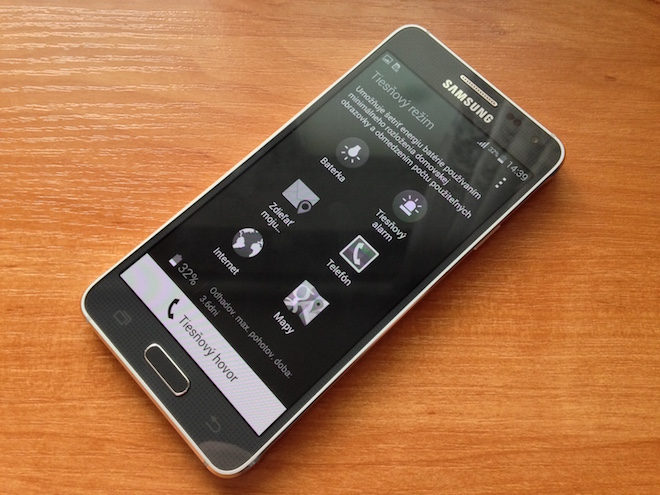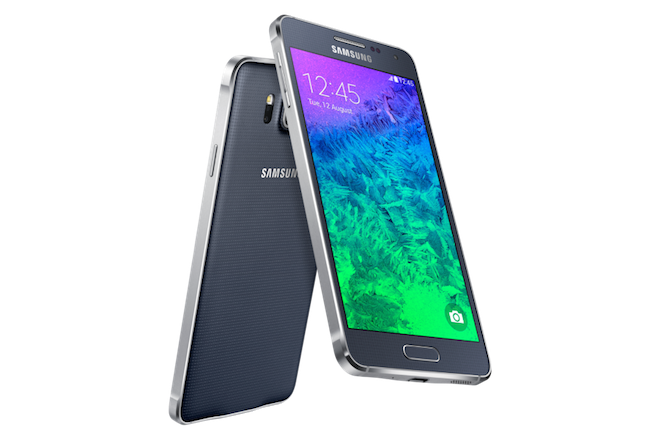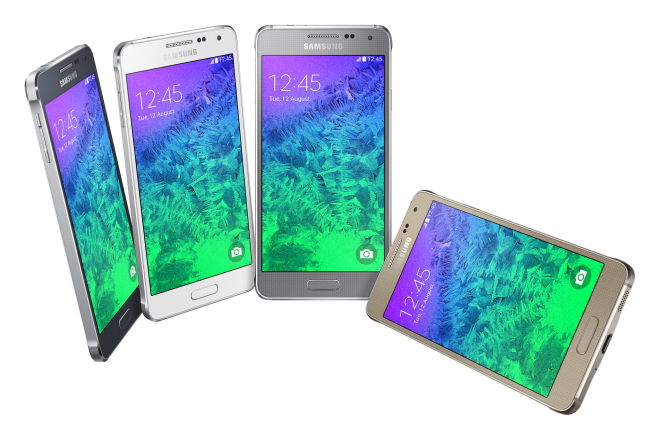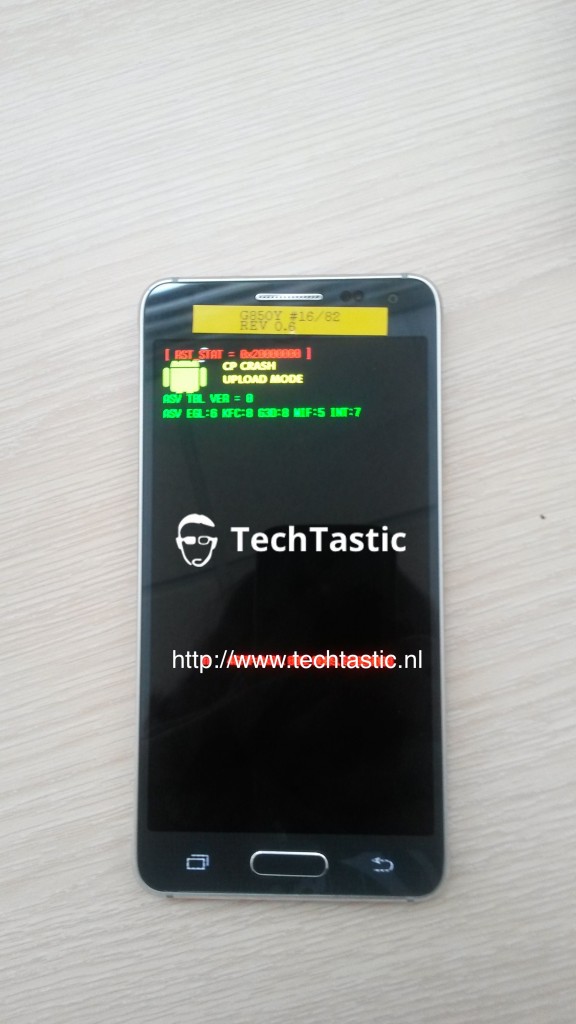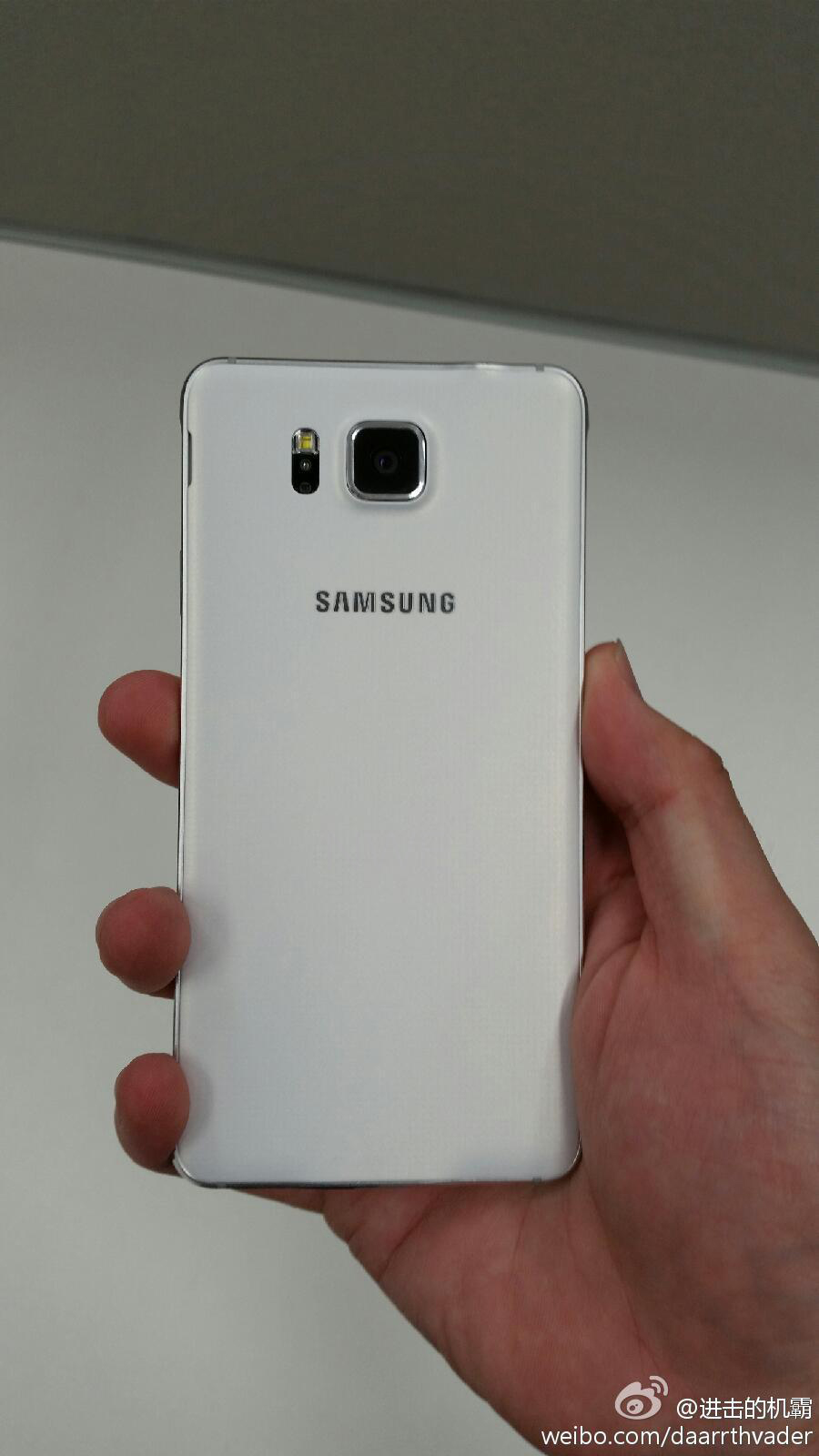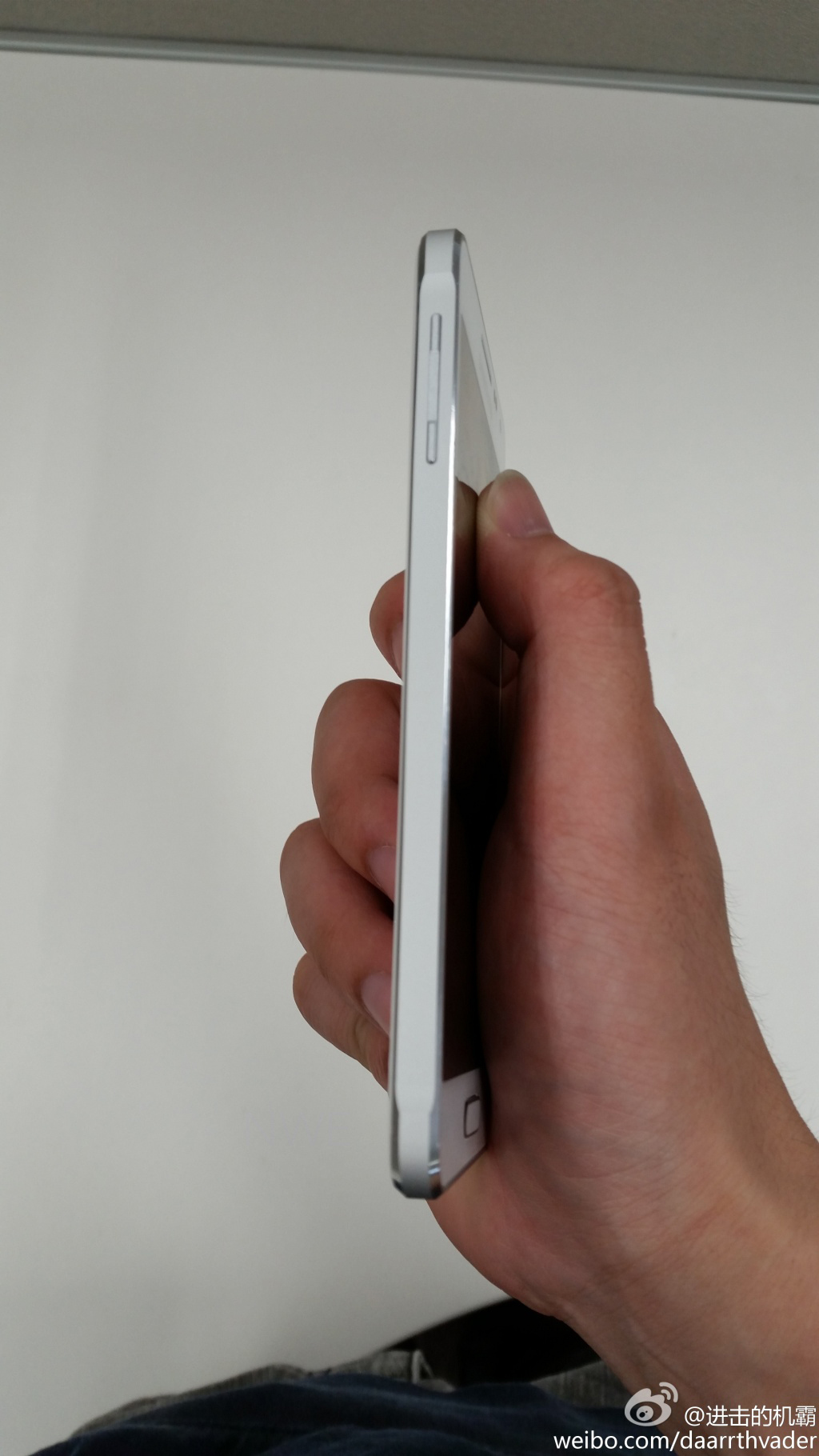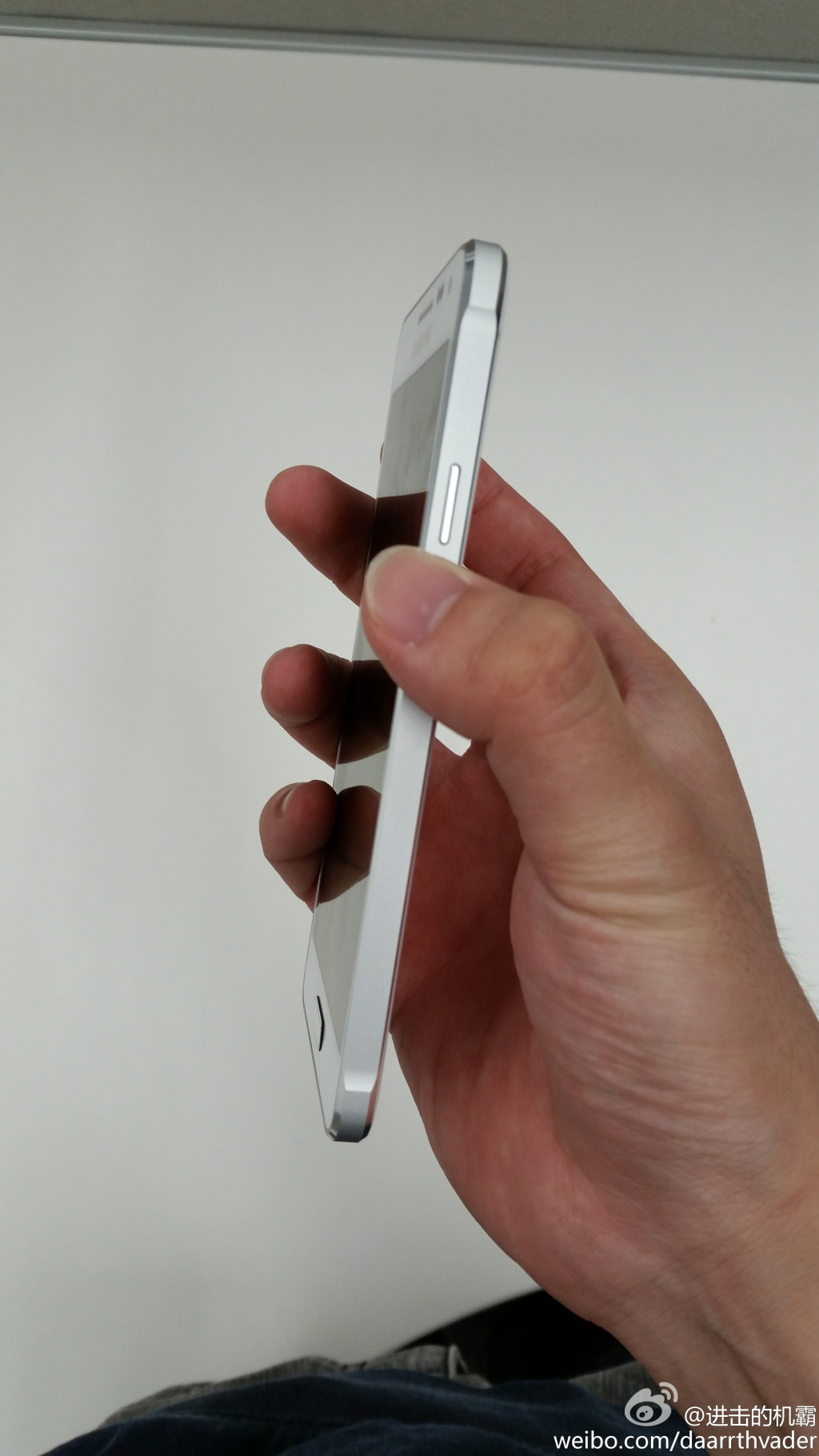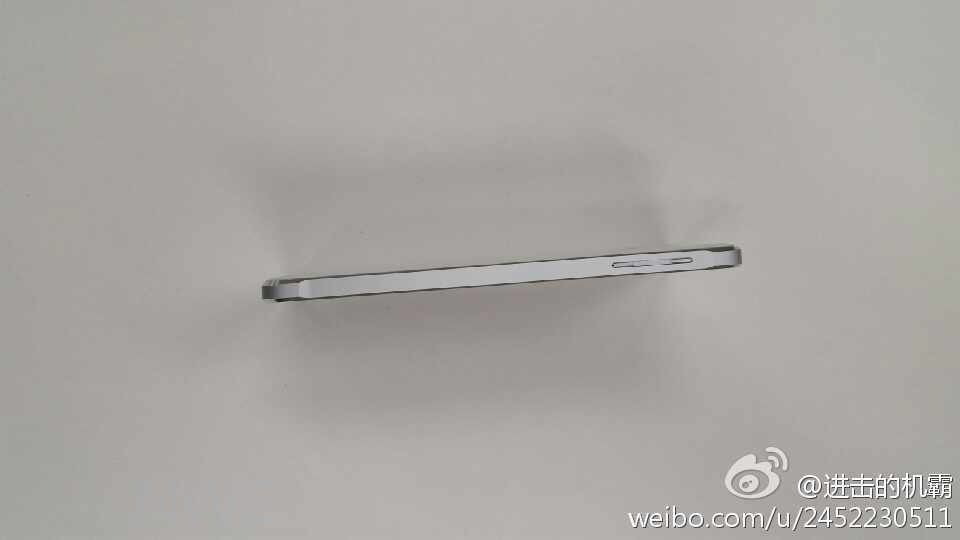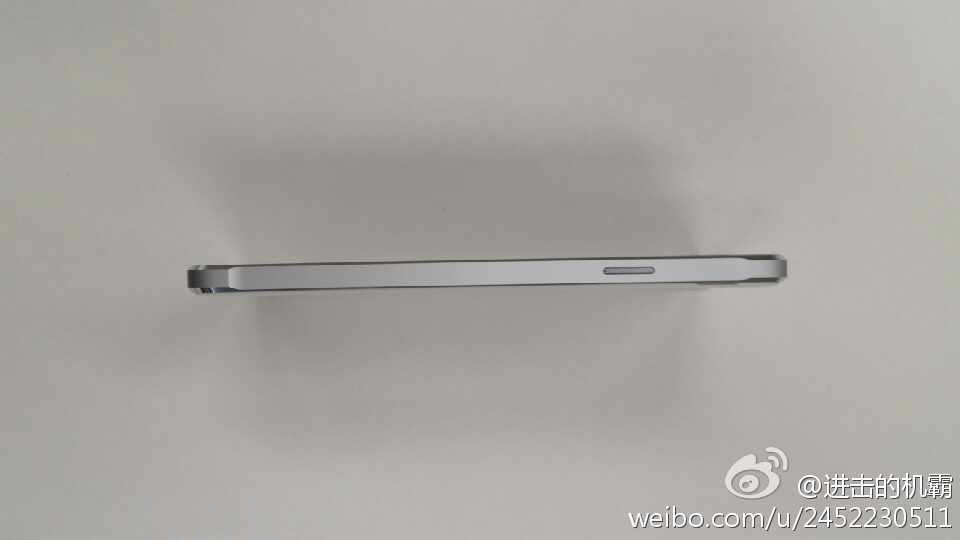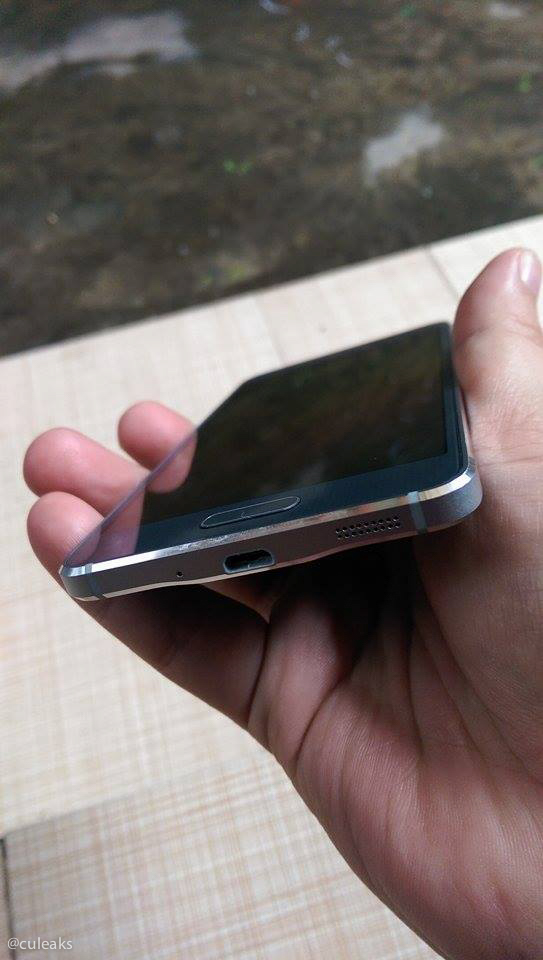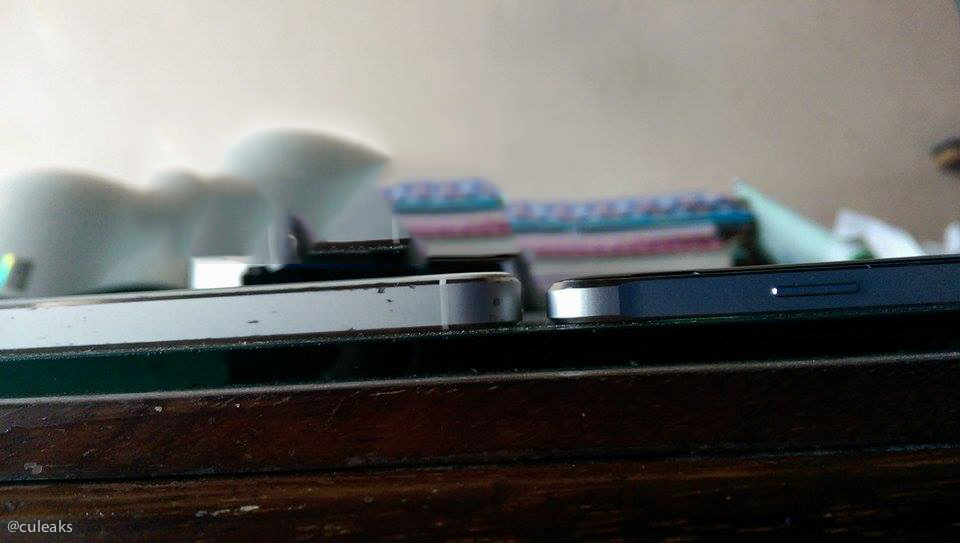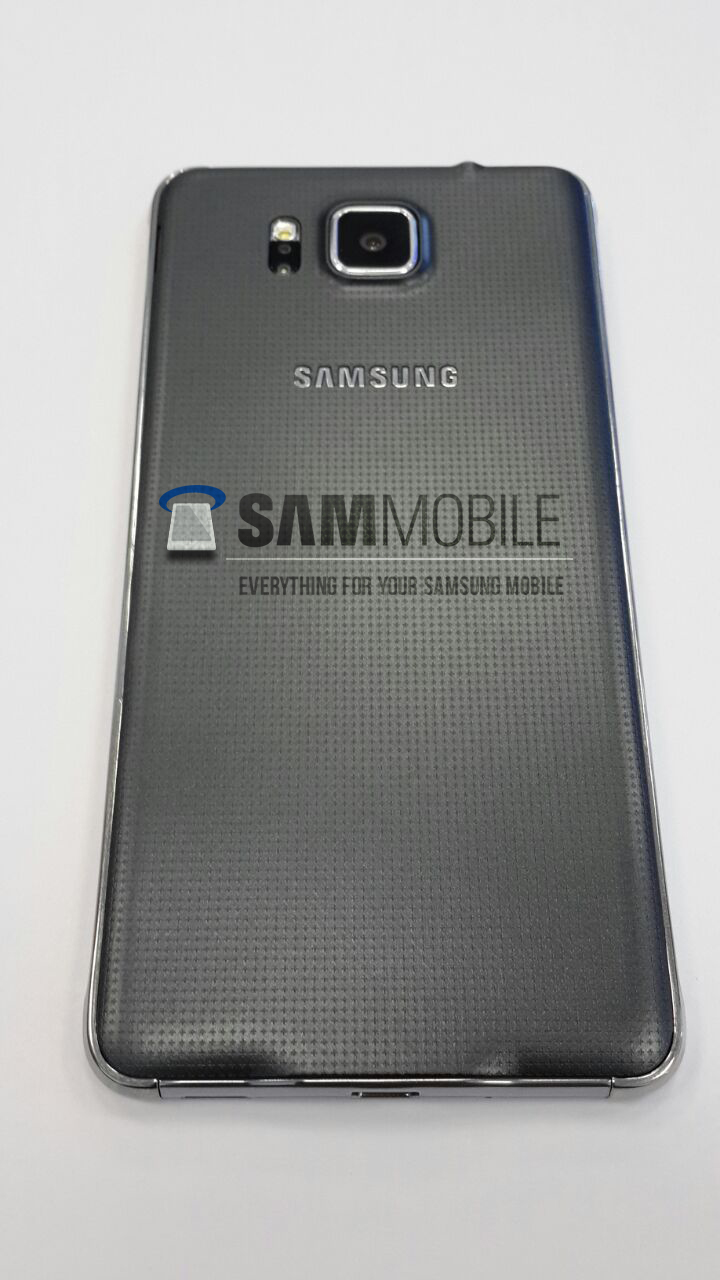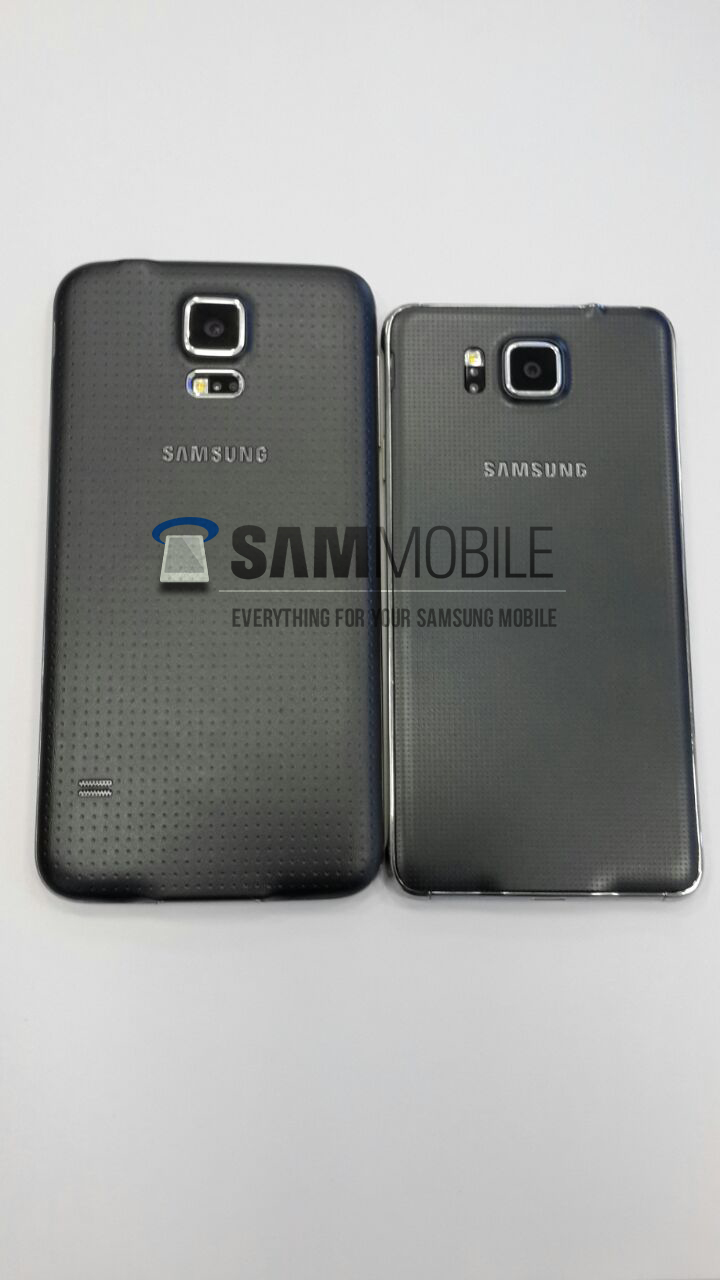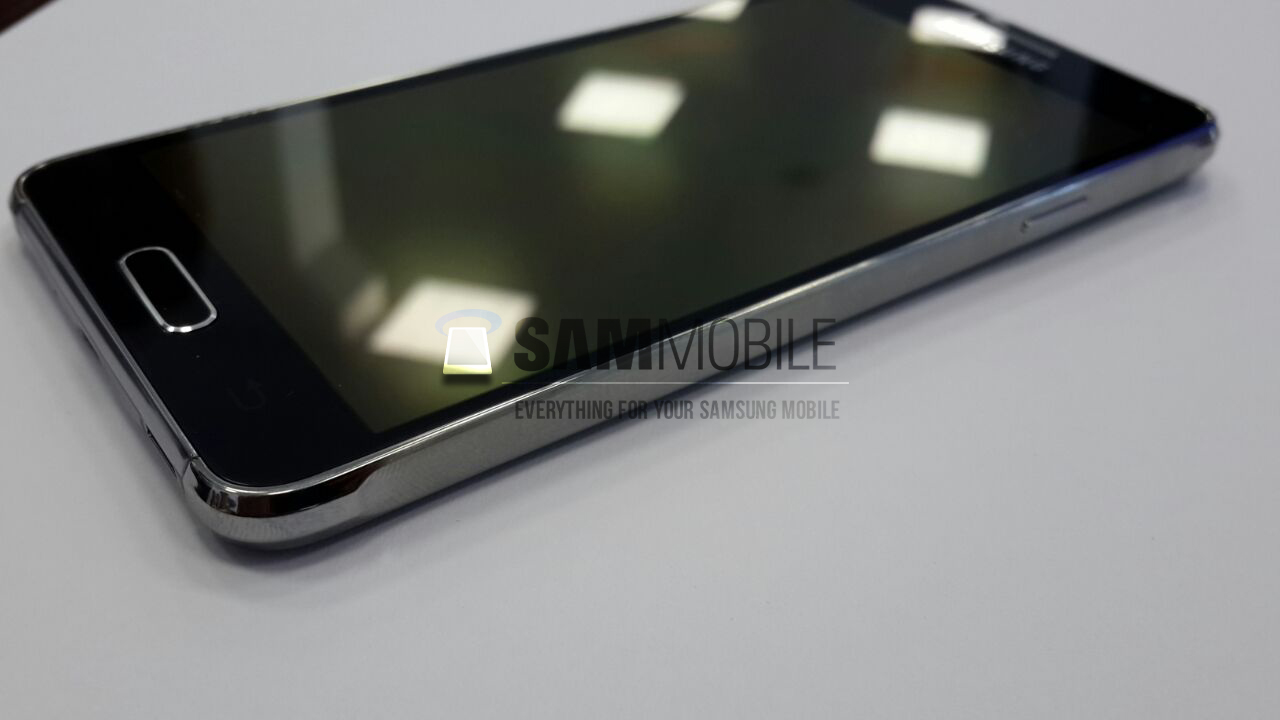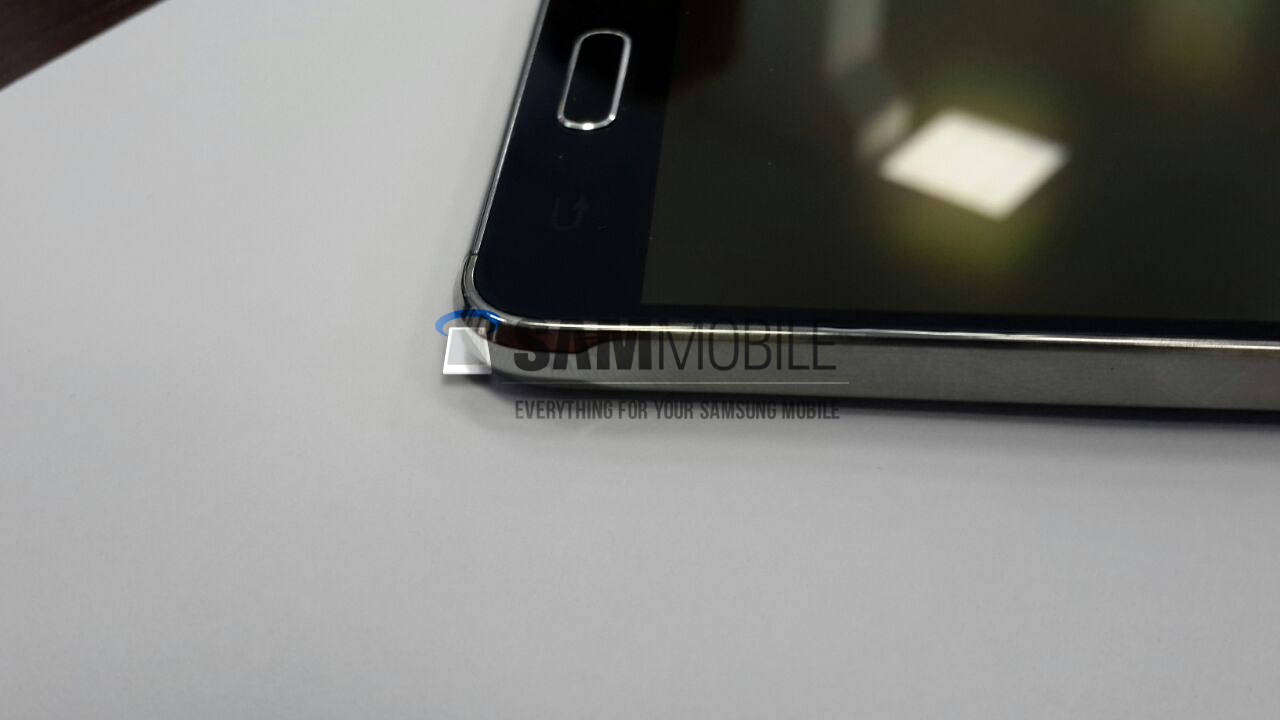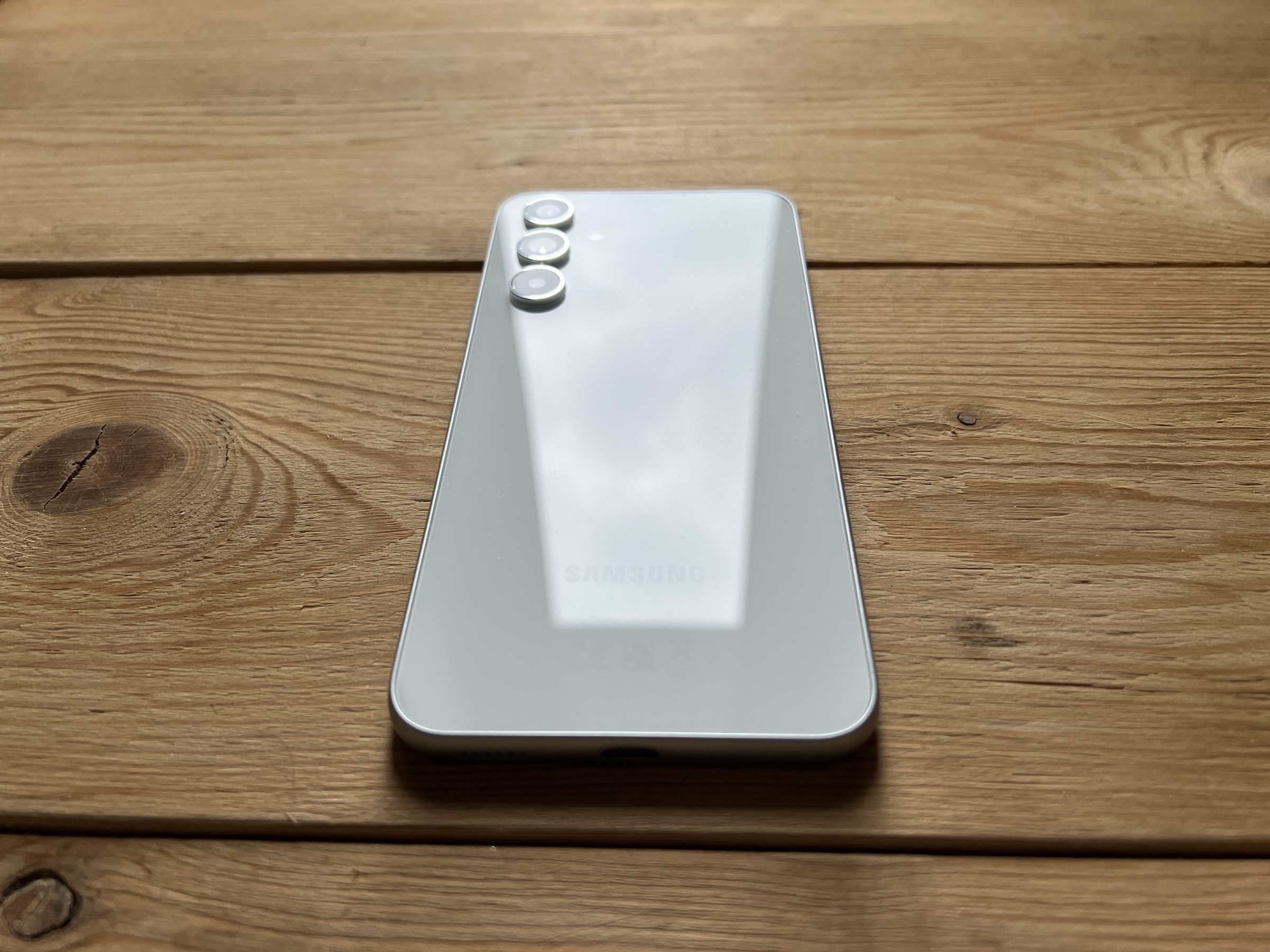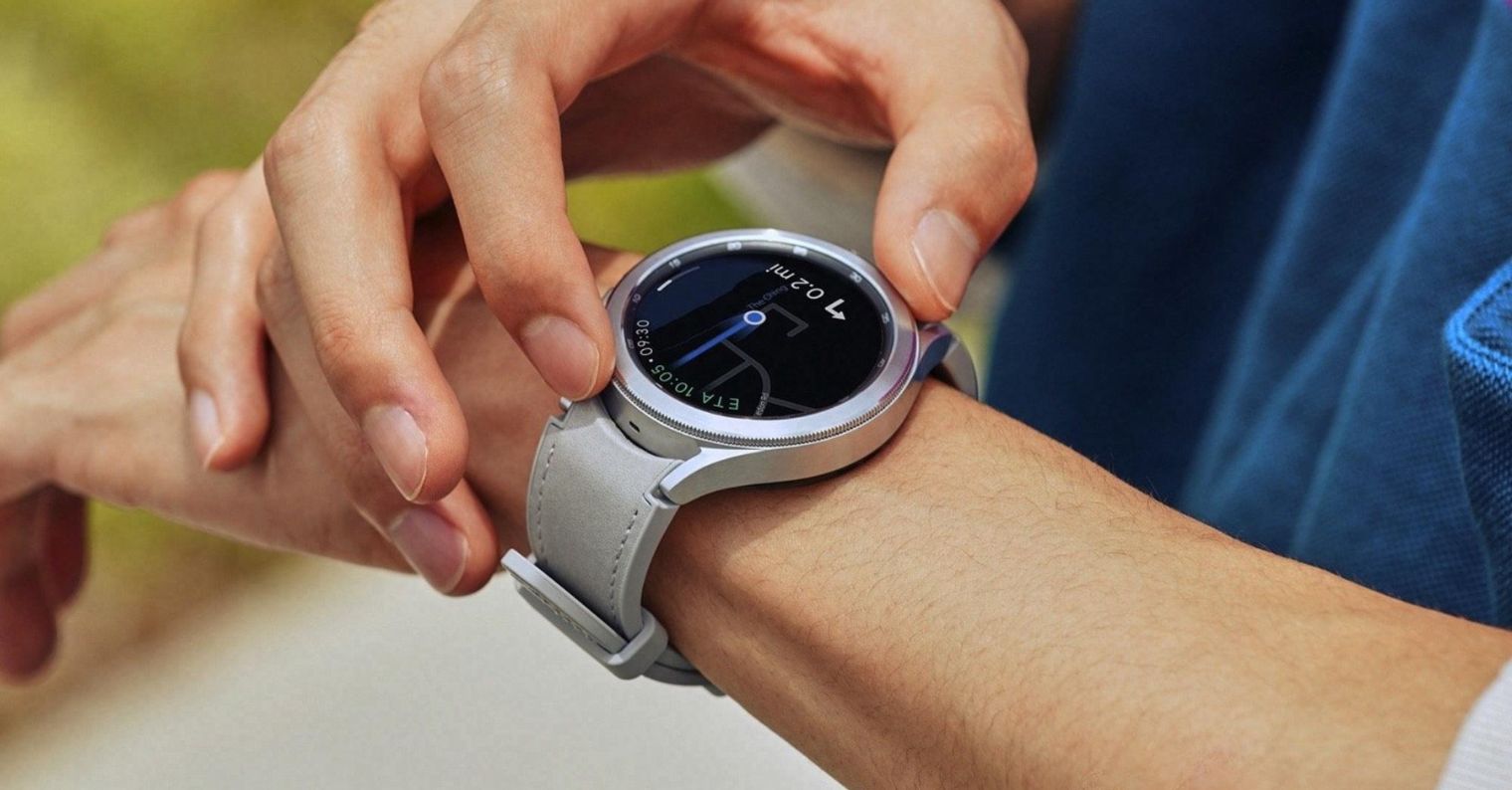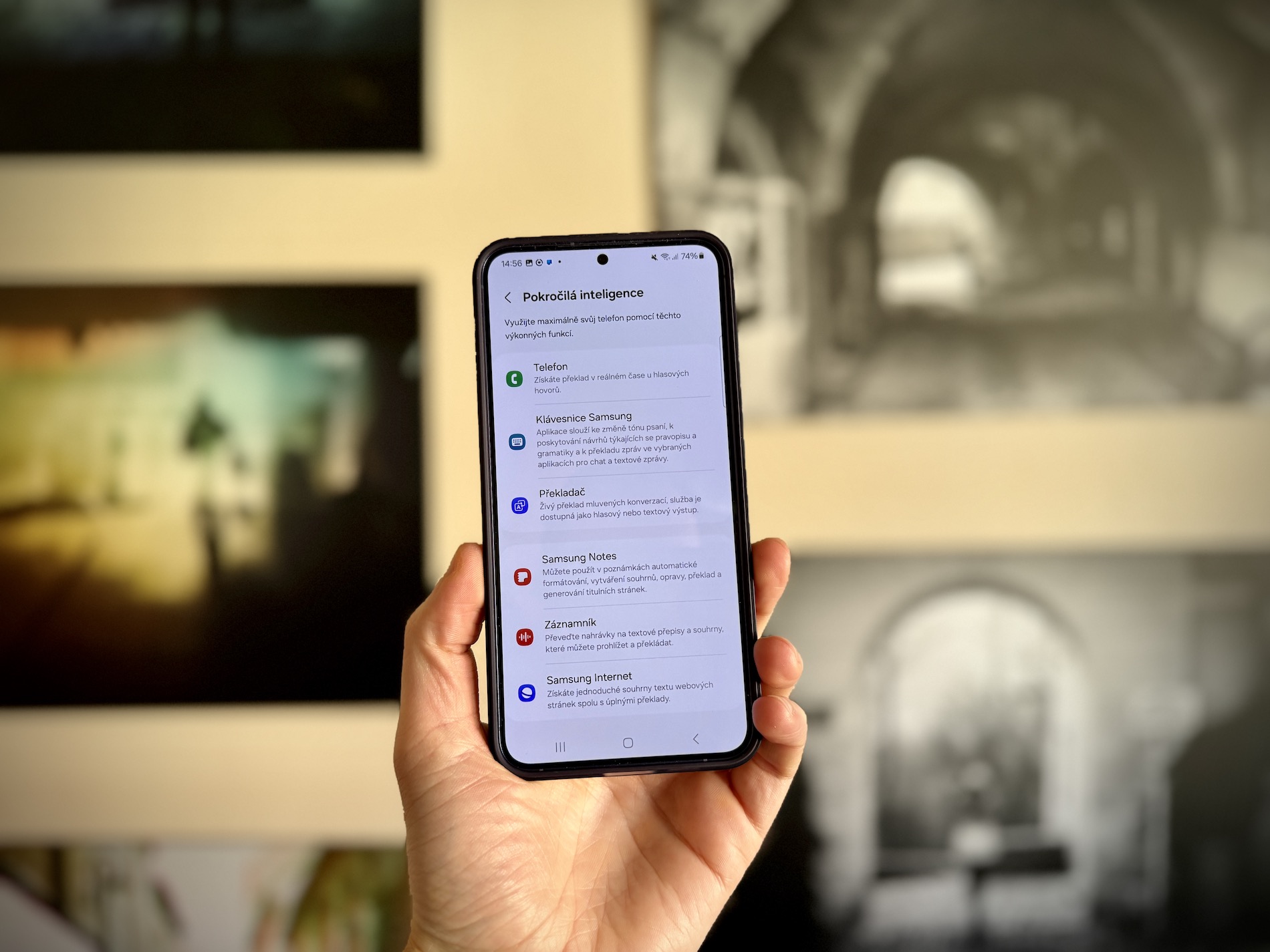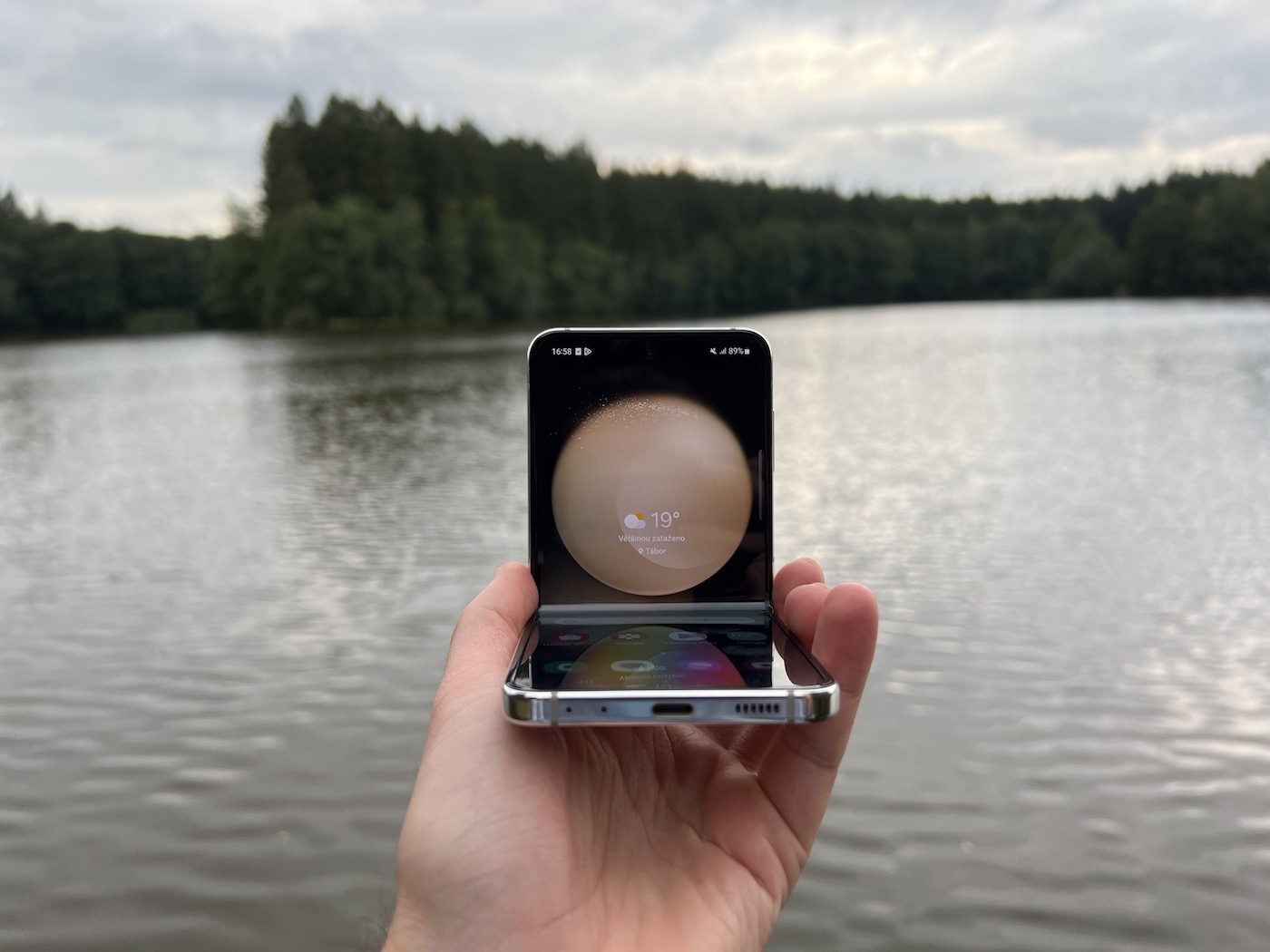In 2013, Samsung was one of the largest smartphone manufacturers in the world, but at a time when companies Apple, HTC, Sony and others have pushed metal as a material for flagships, the reputation of a plastic phone maker. At the same time, it offered relatively large smartphones compared to the relatively small iPhones from Apple - at the time iPhone The 5S had a diagonal of only 4″, while Galaxy S5 5,1″. It is therefore not surprising that the company tried to come up with a device that would be a little closer to the iPhones of the time.
A model called Samsung saw the light of day Galaxy Alpha - a phone whose main purpose was to shake up the company's design language. Although the phone was announced in August, it was supposed to go on sale in September, the same month as the iPhone 6. The 4,7″ Super AMOLED display of the Alpha model heralded a fundamental change in the company's design philosophy Apple. Original iPhone it had a 3,5″ display with a 3:2 aspect ratio. On the iPhone 5, the screen got bigger (4″, 16:9), but the width remained the same. Two years later iPhone 6 will be the first model to really increase the screen to 4,7″ with an aspect ratio of 16:9.
You could be interested in
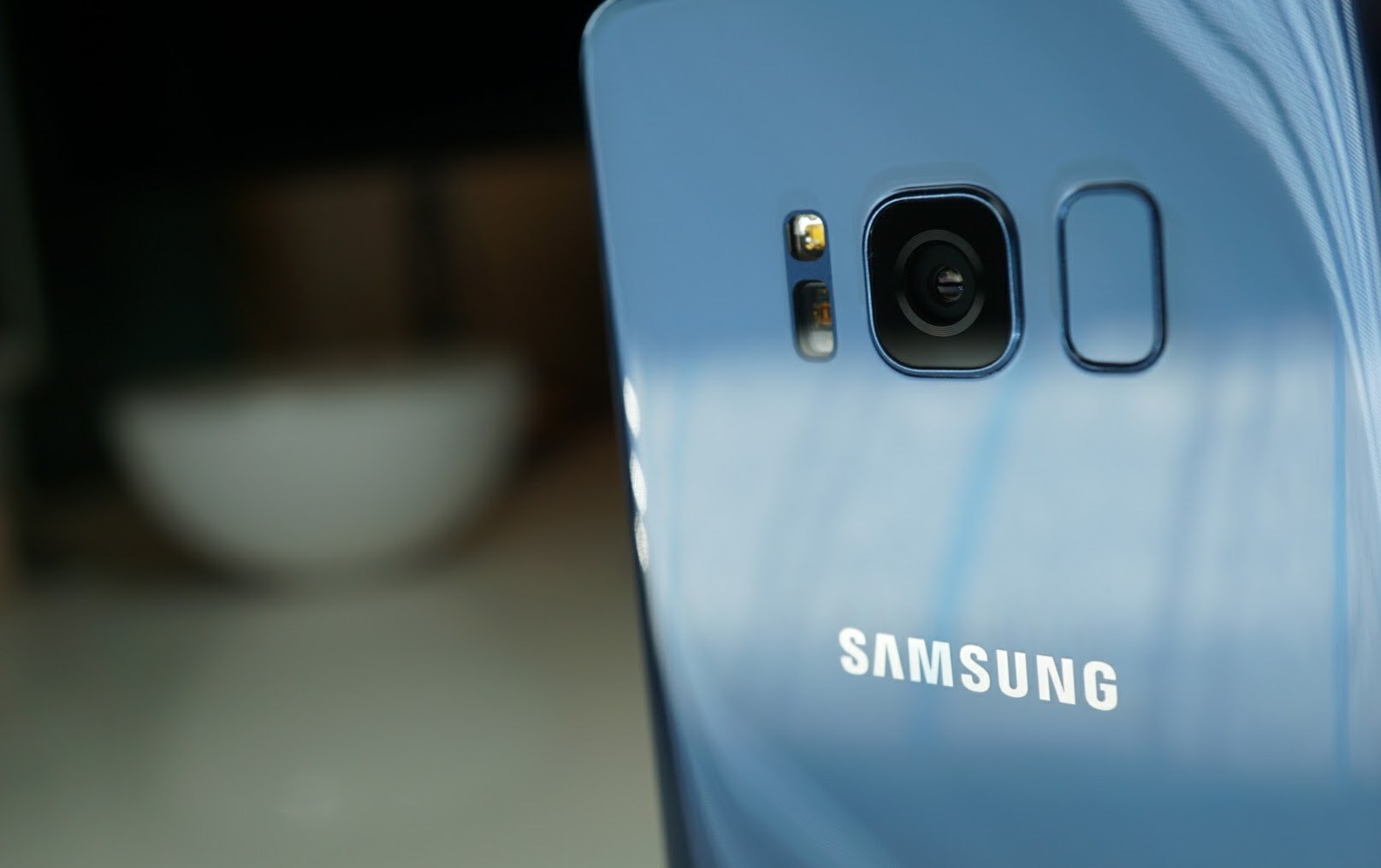
Model frame Galaxy The Alpha was made from machined metal with boxy sides, breaking away from the trend of mostly rounded plastic that was part of the model's DNA Galaxy With from the beginning. At the time, it was the thinnest phone with an operating system Android, which was manufactured by Samsung - 6,7 mm. The device weighed only 115 g.
Galaxy The Alpha was somewhat of a stepping stone for Samsung to fundamentally change the design of the model Galaxy S6. The 2015 flagship of the S series had a metal frame and a thickness of 6,8 mm. That wasn't the biggest departure from the S5's design, though. Samsung hid the S6's battery behind a glass back. To make matters worse, this battery had a smaller capacity than the one in the S5 (2 mAh versus 550 mAh). But Samsung had no doubt that everything would work as it should.
Samsung Galaxy Alpha was sometimes criticized for its battery with a capacity of 1860 mAh, but at the same time it had a secret weapon up its sleeve – Exynos 5430, the first 20nm chipset in the world. This, in combination with the 720p screen resolution, ensured a decent endurance of 52 hours. Galaxy The S6 went even further thanks to the 14nm Exynos 7420 processor, although the smaller battery (compared to the S5) and the new 1440p display meant that the endurance rating was lower than the Galaxy S5. The S6 also removed the microSD card slot, which was not well received by users. Today is Samsung Galaxy Alpha considered a bold and relatively successful experiment, which partly influenced other smartphones from the Samsung workshop.
